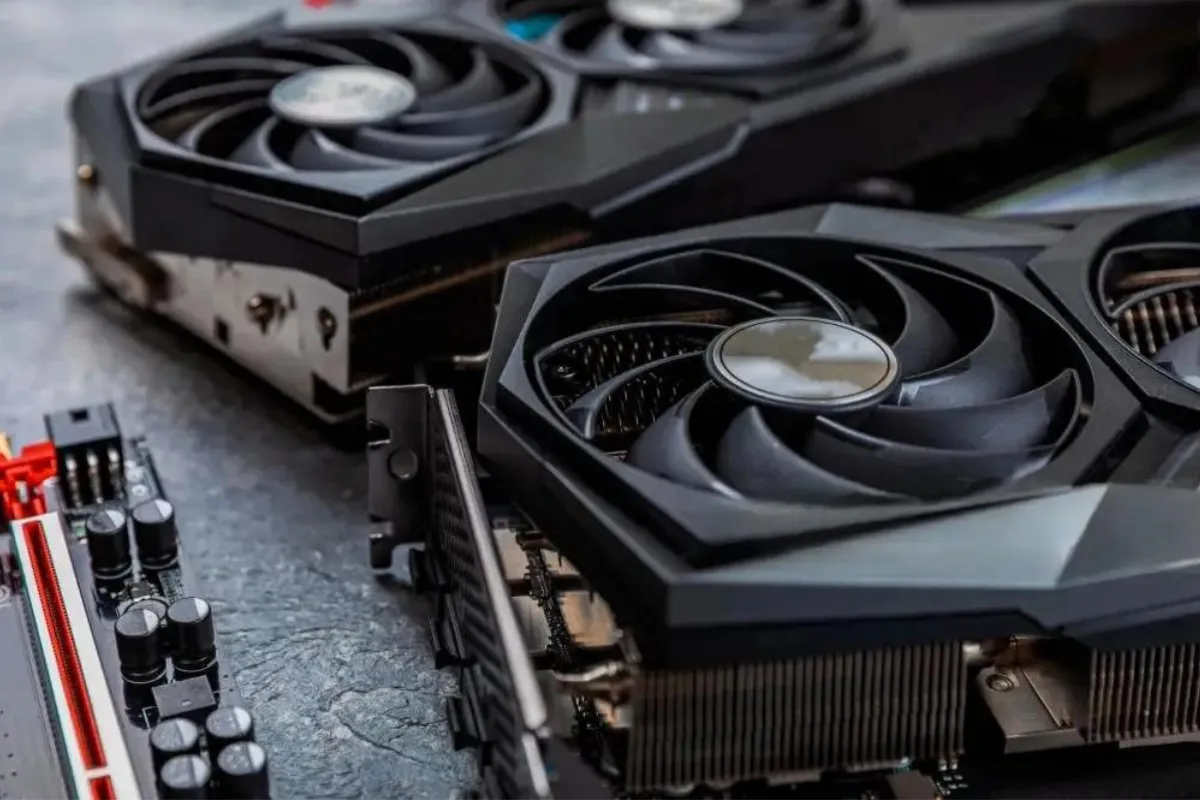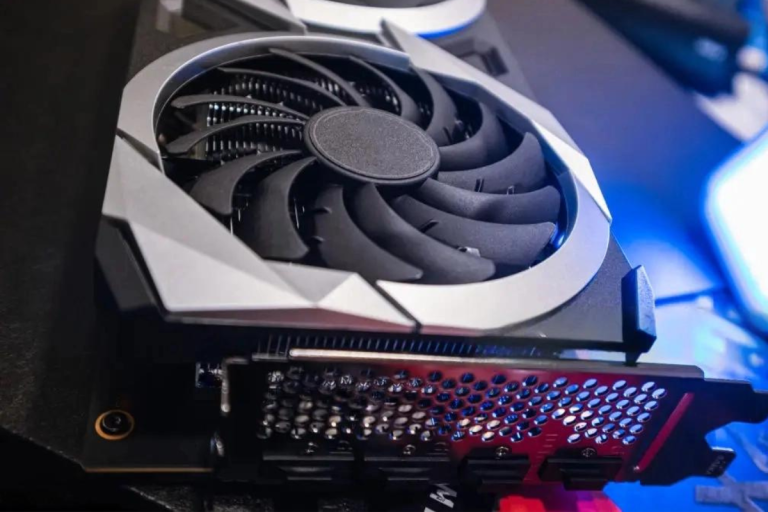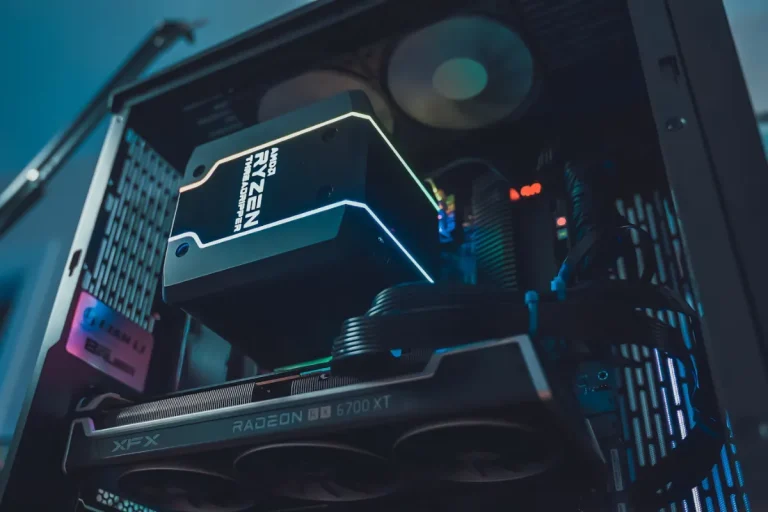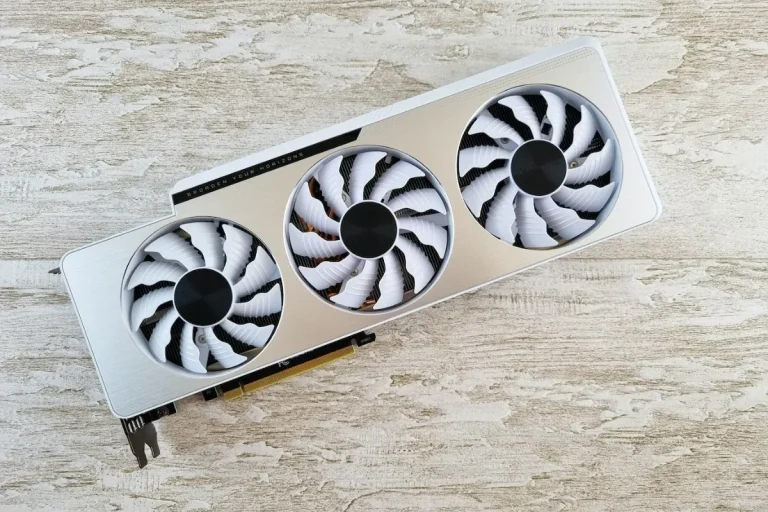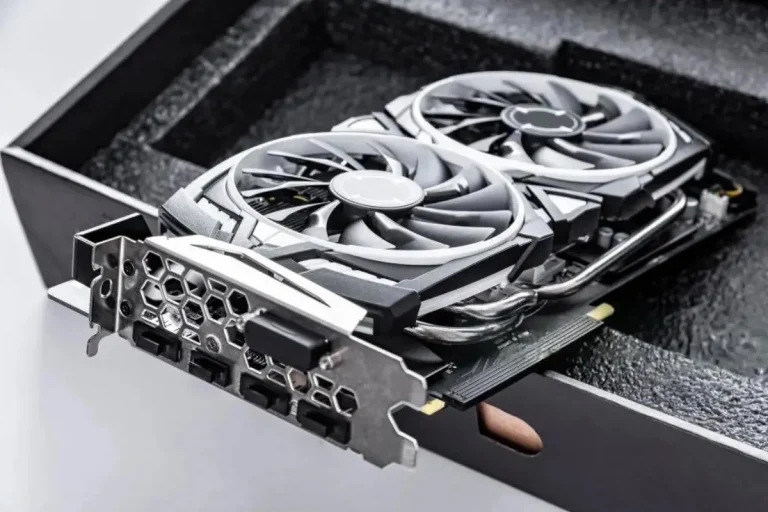How can I know if a graphics card is compatible with my PC?
Are you looking to upgrade your PC’s graphics card but unsure if it will be compatible? Don’t worry, we’ve got you covered! Determining graphics card compatibility is crucial to ensure seamless performance and enhanced visual experiences. In this guide, we’ll walk you through the process of checking compatibility factors and making the right choice for your PC. Let’s dive in!
Checking Interface Compatibility
When it comes to graphics card compatibility, one of the key factors to consider is the interface. The interface determines how the graphics card connects to your motherboard and communicates with other components. There are different graphics card interfaces available, including PCIe, AGP, and PCI.
Different Graphics Card Interfaces
- PCIe (Peripheral Component Interconnect Express): PCIe is the most common and widely used interface for modern graphics cards. It offers high bandwidth and faster data transfer rates compared to older interfaces. PCIe slots on the motherboard are typically labeled as PCIe x16, indicating the number of lanes available for data transfer.
- AGP (Accelerated Graphics Port): AGP was a popular interface used in older PCs. However, it has been largely phased out in favor of PCIe. If you have an older PC, it may still have an AGP slot, but finding compatible graphics cards for this interface can be challenging due to limited availability.
- PCI (Peripheral Component Interconnect): PCI is an older interface that was commonly used for various expansion cards, including graphics cards. However, its limited bandwidth makes it unsuitable for modern graphics card requirements. Most modern graphics cards do not support PCI, so it’s important to check if your motherboard has a compatible interface.
Identifying the Available Interface on Your Motherboard
To determine the interface compatibility, you need to identify the available interface on your motherboard. Here’s how you can do it:
- Refer to your motherboard’s manual to identify the available expansion slots and their specifications. Look for PCIe x16, AGP, or PCI slots.
- Physically examine the motherboard and locate the expansion slots. The slots will have different shapes and sizes, making it easy to identify the interface type.
- There are software tools available that can provide detailed information about your motherboard and its expansion slots. CPU-Z and GPU-Z are popular utilities that can help you identify the interface compatibility.
Power Requirements and PSU Compatibility
When considering a graphics card upgrade for your PC, it’s crucial to assess the power requirements and ensure compatibility with your power supply unit (PSU). Understanding the graphics card’s power consumption and checking the PSU wattage and available connectors are essential steps in this process.
Graphics Card Power Consumption
Graphics cards vary in their power consumption, depending on the model and its specifications. More powerful graphics cards generally require more power to operate efficiently. It’s important to consider the power requirements of the graphics card you intend to install to ensure your PSU can handle the load.
Checking PSU Wattage and Available Connectors
To determine if your PSU is compatible with the graphics card, follow these steps:
- Check PSU wattage: Identify the wattage rating of your power supply unit. This information is usually listed on the PSU itself or its packaging. Ensure that the PSU’s wattage is sufficient to support the power requirements of the graphics card.
- Consider additional power connectors: High-performance graphics cards often require additional power connectors, such as 6-pin or 8-pin PCIe connectors. Check your PSU to ensure it has these connectors available. If not, you may need to upgrade your PSU to accommodate the graphics card.
When it comes to installing new hardware components in your computer, ensuring software and driver compatibility is crucial. Your operating system and the availability of compatible drivers play a significant role in the smooth functioning of your device. Let’s dive into the details of software and driver compatibility and how to ensure a seamless experience.
Software and Driver Compatibility
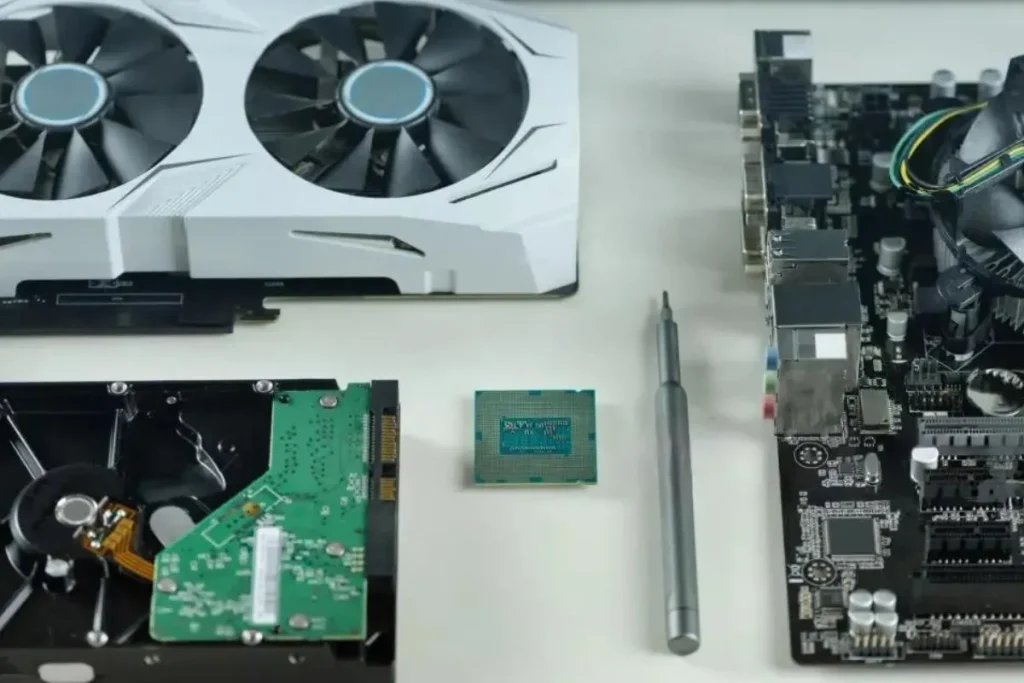
When it comes to installing new hardware components in your computer, ensuring software and driver compatibility is crucial. Your operating system and the availability of compatible drivers play a significant role in the smooth functioning of your device. Let’s dive into the details of software and driver compatibility and how to ensure a seamless experience.
Operating System Compatibility
Before installing any new hardware, it’s essential to check if it is compatible with your operating system (OS). Different hardware components may have specific requirements or work optimally with certain OS versions. Research the hardware specifications and compare them with the supported OS versions to ensure compatibility.
Checking the Manufacturer’s Website for Driver Support
Once you have confirmed the hardware’s compatibility with your OS, the next step is to ensure that the manufacturer provides driver support. Drivers are software programs that enable communication between the operating system and the hardware.
Visit the manufacturer’s website and look for a dedicated section or page that offers driver downloads or support. Check if they provide drivers for your specific hardware and OS version.
It is crucial to download the latest drivers from the manufacturer’s official website to ensure optimal performance and compatibility. Avoid downloading drivers from third-party sources, as they may contain malware or be outdated.
Frequently Asked Questions
1: Can I use any graphics card with my PC?
No, not all graphics cards are compatible with every PC. Compatibility depends on factors such as the motherboard’s slot type, power supply wattage, and physical space inside the PC case.
2: How can I determine the compatibility of a graphics card with my PC?
To ensure compatibility, check if your motherboard has the necessary expansion slot (e.g., PCIe) for the graphics card. Additionally, verify that your power supply can provide sufficient wattage and has the required PCIe power connectors.
3: Can I install a graphics card designed for gaming on a non-gaming PC?
While it’s possible to install a gaming graphics card in a non-gaming PC, it’s important to consider the power requirements and physical dimensions. Gaming graphics cards generally demand more power and require larger physical space, so ensure your power supply is sufficient and your PC case can accommodate it.
4: What happens if I install an incompatible graphics card on my PC?
Installing an incompatible graphics card may result in system instability, graphical glitches, or the card not being recognized by the motherboard. It’s crucial to research and ensure compatibility to avoid such issues.
5: Can I upgrade my graphics card if I have a pre-built PC?
In most cases, you can upgrade the graphics card in a pre-built PC. However, you need to check if the power supply can handle the new card’s power requirements and if there is physical space inside the case. Some pre-built PCs may also have limitations on compatibility due to proprietary designs. Consult the PC manufacturer or check their documentation for specific upgrade options.
Conclusion
Ensuring graphics card compatibility with your PC is crucial for a smooth and hassle-free experience. By considering factors such as the motherboard’s expansion slot, power supply requirements, and physical space inside the PC case, you can confidently choose a compatible graphics card that will enhance your gaming or multimedia experience.
